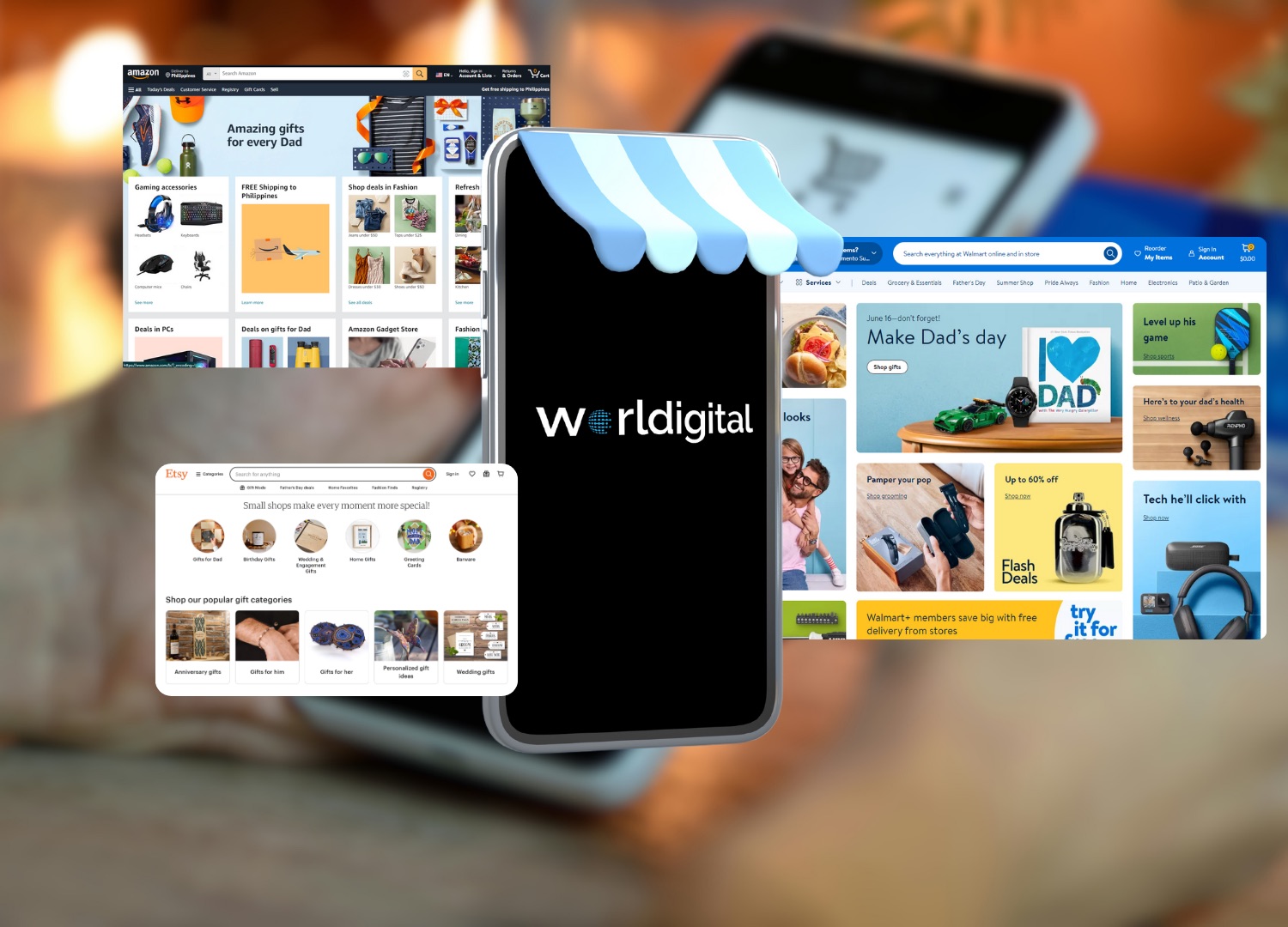In recent years, artificial intelligence (AI) has made remarkable strides in transforming the healthcare landscape. Among the most impactful innovations is the emergence of AI scribes—intelligent software systems designed to assist with real-time medical documentation. By alleviating the burden of clinical note-taking, AI scribes allow healthcare providers to redirect their focus from computer screens to their patients, thereby enhancing both efficiency and quality of care.
What Are AI Scribes?
AI scribes are digital assistants powered by natural language processing (NLP) and machine learning. These tools listen to conversations between clinicians and patients, transcribe the dialogue, and convert it into structured medical notes that comply with healthcare documentation standards. Some advanced systems also integrate directly with electronic health records (EHR Integrations), enabling seamless workflow support.
Unlike traditional transcription services, AI scribes operate in real time, making documentation available immediately after a consultation. This technology is especially beneficial in high-volume settings such as primary care, emergency medicine, and specialty clinics.
How AI Scribes Improve Patient Care
More Face Time With Patients
One of the most common complaints in modern healthcare is that providers spend more time with computers than with patients. AI scribes reduce the time spent typing notes, allowing clinicians to maintain eye contact, listen actively, and build stronger patient-provider relationships.
Reduced Documentation Burden
Physicians often face long hours of charting after their clinical shifts, leading to burnout and decreased job satisfaction. AI scribes significantly cut down after-hours documentation, improving work-life balance and mental well-being.
Improved Note Accuracy and Consistency
By capturing conversations in real time, AI scribes reduce the risk of forgetting details or making errors in documentation. This enhances the overall accuracy and quality of the patient record, which is essential for continuity of care.
Faster Turnaround for Documentation
With near-instant note generation, healthcare providers can quickly move from one patient to the next without delay. This improves clinic efficiency and reduces patient wait times.
Support for Value-Based Care
High-quality, consistent documentation supports value-based care models by providing better data for outcomes tracking, coding accuracy, and reimbursement.
Considerations and Best Practices
While AI scribes offer tremendous potential, thoughtful implementation is key. Providers should ensure:
The technology is HIPAA-compliant and secure.
Final notes are reviewed and edited for clinical accuracy before being signed.
The AI model is trained for medical terminology relevant to the provider’s specialty.
Patients are informed about the technology and give consent, when necessary.
Related: Enhancing Patient Care With AI Scribes
Conclusion
AI medical scribes represent a major leap forward in how healthcare providers manage clinical documentation. By automating time-consuming note-taking tasks, these tools free up valuable time and cognitive energy—allowing clinicians to do what they do best: care for their patients. As adoption grows, AI scribes are set to become an integral part of modern medical practice, enhancing productivity, reducing burnout, and elevating the patient experience.

